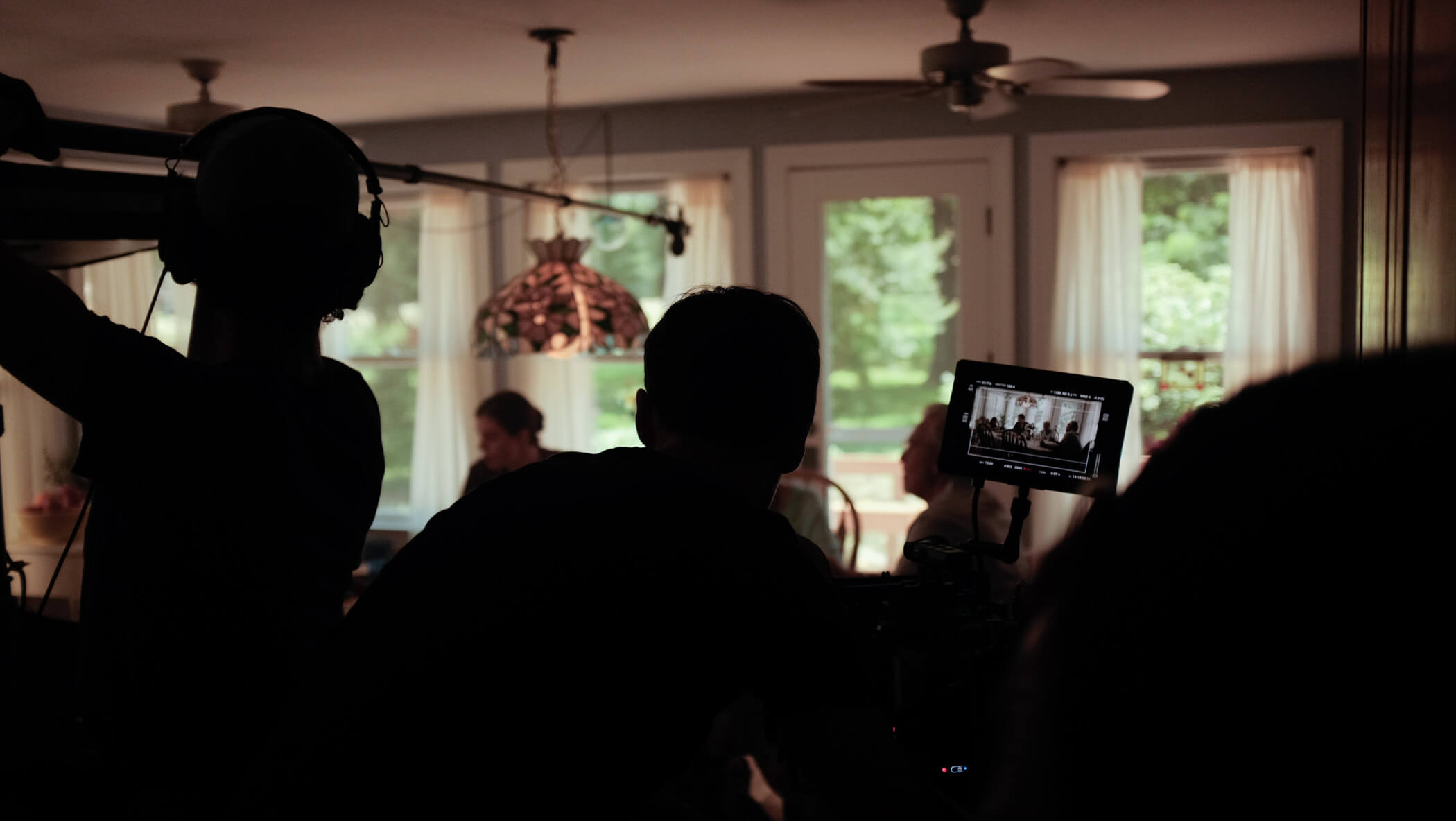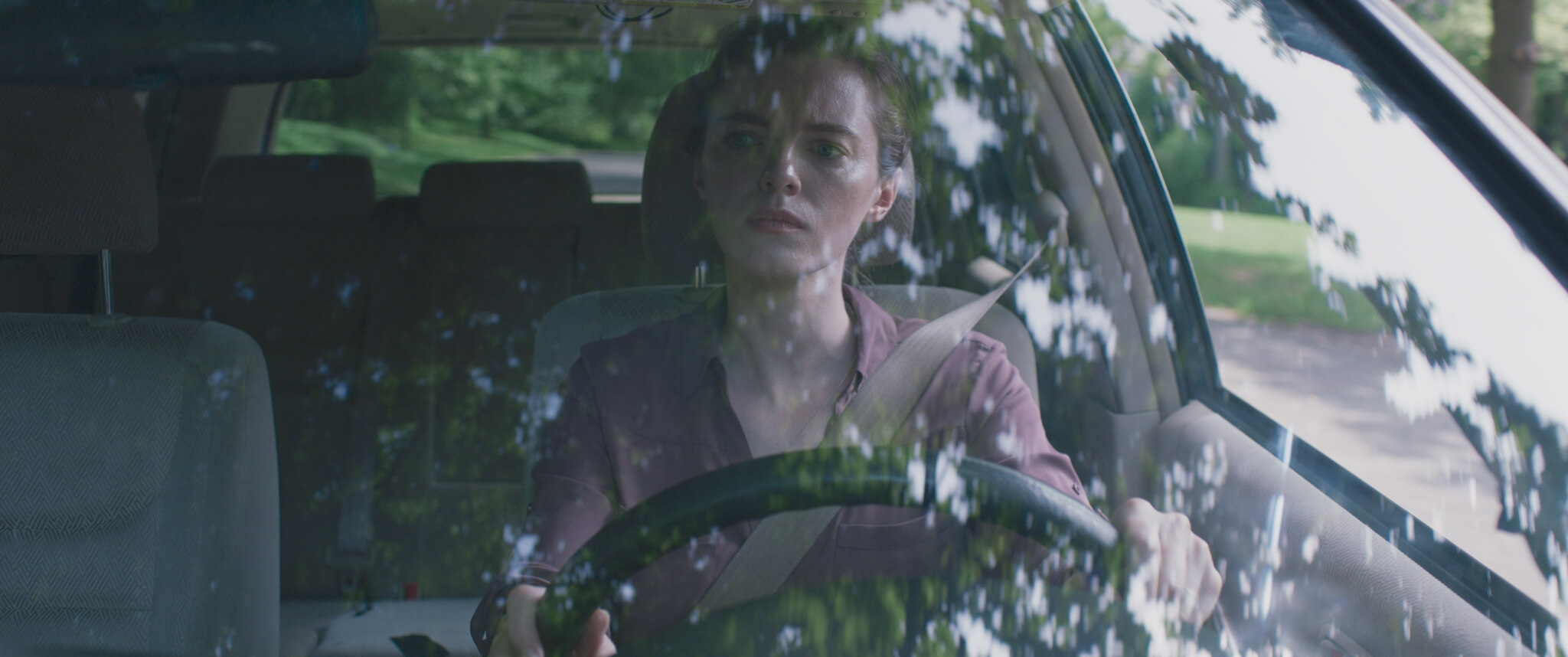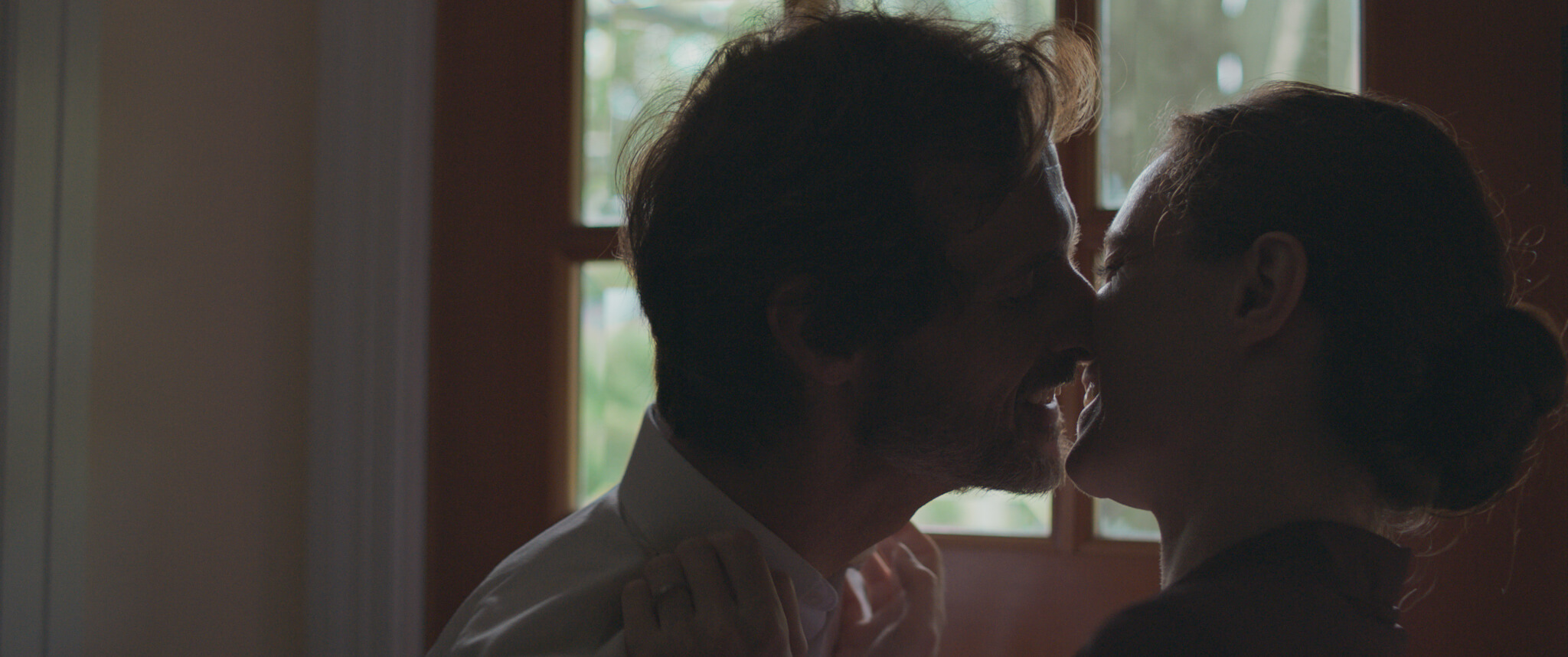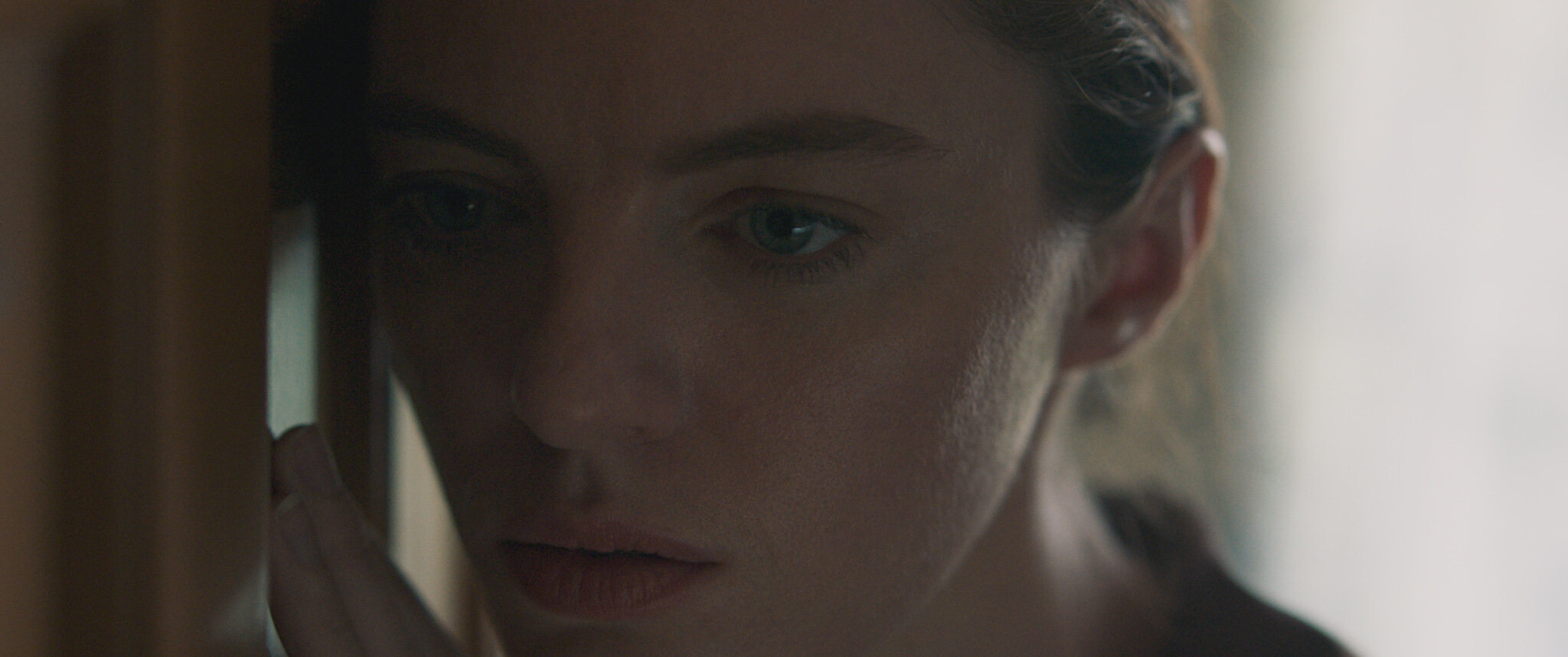Behind the Scenes
The Slow Burn: How Sam Cutler-Kreutz tackled his first short film “Trust Me”
Sam Cutler-Kreutz is no stranger to a film set, his work as a director of photography proceeds him, working on both narrative and commercial work frequently in the past on projects such as
We were excited to see Trust Me and immediately wanted to sit down with him and learn how he approached this project. It’s not your typical DP film, it’s slow burn narrative work at its best – and we weren’t expecting that.

Filmsupply: Where did you get the idea for this story?
Sam Cutler-Kreutz: Trust Me came directly out of my notebook. For a long time I kept physical journals and every time I had an idea for a film I would write it down and draw a square around it so I could visually find it when flipping back through. At some point I decided to comb through and move all those ideas to one google doc. As I was writing everything down on google the idea square “man with two families” fell right next to “heart surgeon with no heart” and something really clicked with me in the strange relationship and juxtaposition between those two ideas. So I started writing notes and doing research.
What drew you into this story?
The tension between conflicting personality traits is always something that fascinates me and that’s what made the husband, Lawrence such an appealing character. I find family systems and dynamics incredibly engaging to write about, and I love films and stories where the stakes don’t have to be “life and death” yet are still incredibly high for the characters of the story. I strive to challenge myself to create a story so engaging that actions of no inherent significance can break your heart.

How did you approach the writing process?
Originally Trust Me started out as a feature script, but in early 2016 I made the decision to turn it into a short instead. I’m sure lots of people would tell you that extracting a short out of a feature is hard, but at least for this project, I had the opposite experience. All of the deep thinking I had done about the larger scope of the story really helped me flesh out the world and informed the decisions the characters were making.
It really came together when I switched the perspective of the main character from the husband’s to the wife’s perspective . The feature was written from the perspective of the husband Lawrence, but he lacks a certain amount of agency in this section of the story. Switching to Nicole’s point of view really offered a new angle on the order of the events and made everything a discovery, which helps keep the viewer glued to the screen.
I think with any good short film, the filmmaker needs to get the audience to suspend their disbelief within the first minute of the film or risk losing them for good. Once the audience has been sucked into the world, the story feels like it’s really happening, and you have more liberty to push the boundaries. Maintaining the reality of the film was tricky, especially for the genre of ‘mom thriller.’ Nicole’s investigation needs to feel deft enough to get her the results to keep the film progressing, while still bumbling at times because she’s not an FBI agent. This was a tricky line to walk, and one that we grappled with throughout filming.

You have a lot of experience as DP, do you feel that gave you any advantages?
I tried really hard to turn off my DP brain much of the time to concentrate on directing the actors. But I think that my experience as a DP gave me a huge leg up while making Trust Me. Just from a logistical perspective, the ability to find crew and gear from people I know was incredibly helpful. I’ve spent years building relationships with super talented crew and rental houses, many of whom came on set. Having so many of those people on set was like being surrounded by my filmmaking family, the support was amazing!
As a short film director you are wearing a ton of different hats, this is never more present than in the pre-production process when you’re often alone making decisions with huge ramifications. For instance, if I’m out scouting and the location owner tells me that I can only shoot in a specific time window, my experience as a DP will help me know if that’s going to work from a sun angle and lighting perspective.
Also, as a DP with experience in narrative work, I’ve learned the value of storyboarding everything. For this film, I storyboarded the entire film and because of that we shot very economically without much coverage which saves so much time!
To what level of success I was able to turn off my DP brain, you’ll have to ask Alexa Wolf my DP. I think it can be super overwhelming as a cinematographer to have a director who is also a DP micromanaging you all the time. So I tried to be as respectful of the roles as possible.


Tell me a bit about the production, did you guys face any challenges?
Well, about 4 weeks before shooting was scheduled, I was in a massive car accident that landed me in the hospital. We pushed the film back a month and lost over half of our crew and a couple of locations. It ended up being a blessing in disguise because of being bedridden and bored to death, I watched the almost 3000 acting reels we got and found some incredible actors that might have otherwise gotten overlooked. One of our leads had to drop because of scheduling conflicts and then we found Scott McCord, who turned out to be the perfect fit to play Lawrence.
On the first day of shooting, I found out that our lead actress, who spends much of the film driving, had no idea how to drive when we gave her a small ‘road test.’ This required us to create a low budget process trailer using a U-Haul car mover. The flexibility that the trailer gave us allowed us to get many more angles than we had hoped for in the driving scenes and allowed Jess to focus on her performance.
During the only exterior overnight shoot, it poured rain all night. It was an incredibly hard night of shooting with everyone soaking wet. We had to cut quite a few of our shots, but the atmosphere and stress it creates in the final product is priceless and it feels like we got thousands of dollars of rain machines for free.
We also crashed one of the picture cars into our passenger van on the second day of shooting. That was mostly just a pain in the ass, but the list goes on.

Did you face any challenges in the edit?
In the edit, the rough cut of the film was 28 minutes, from a 16 page script. This is obviously way longer than I intended the movie to be and a 28min film has very little chance of getting into festivals. Adam Witten and Trevor Myers at Work Editorial worked super hard to preserve the slow burn pacing of the film while cutting down the length. We cut some entire scenes and trimmed out a lot of fat. In general, the editing process was one of the hardest parts of the process for me because the way the film was put together in my head was so clear from the beginning, and we’d worked so hard to execute that vision. It was tricky to let go of some scenes that in the end really didn’t need to be in the film. In the end these edits were so important to make the film as good as it is and I’m so happy Adam and Trevor pushed me to make the Trust Me the best version of itself.
